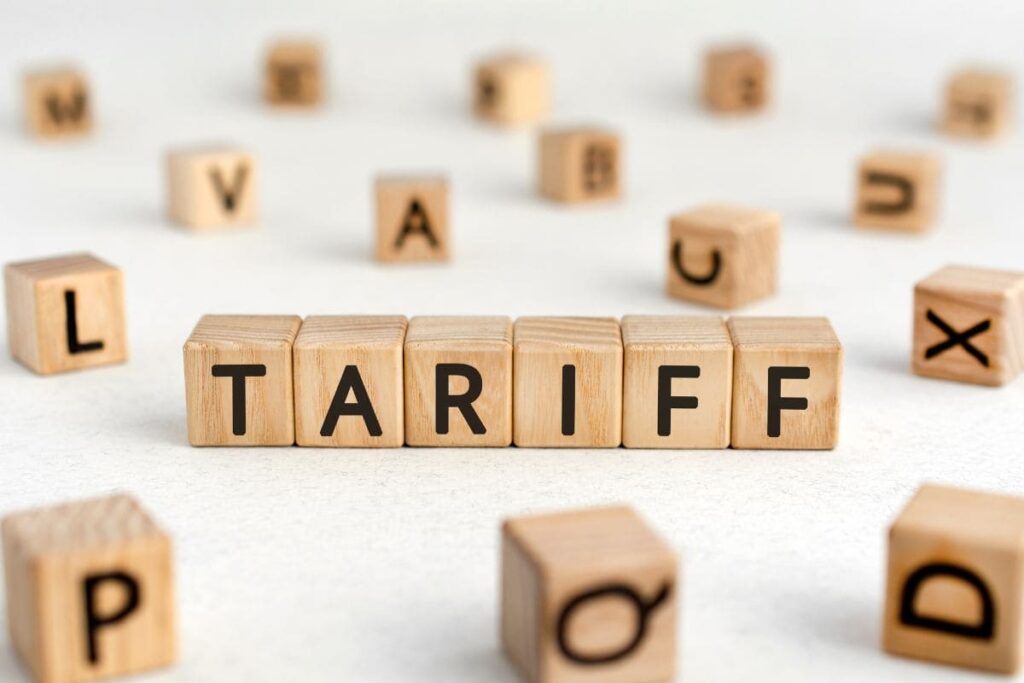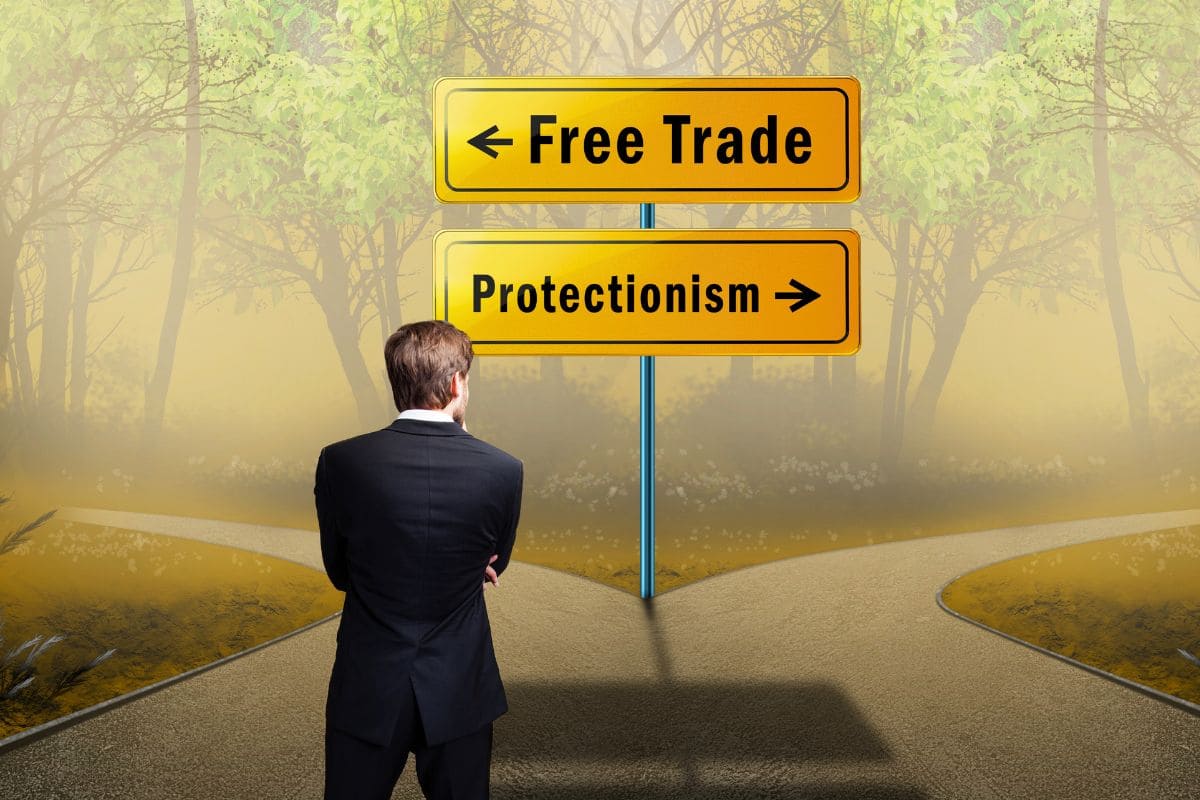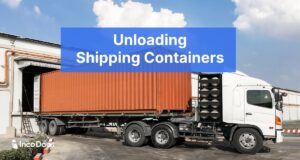Protectionism is a term often associated with international trade, and it’s a critical topic because of its impact on how countries interact economically. Governments sometimes adopt protectionist policies to shield their domestic industries from foreign competition. These policies can significantly affect a nation’s economy, influencing prices, job availability, and the overall trade landscape.
In this article, we will explore how protectionism shapes international trade, examining its benefits, drawbacks, and the effects it has on global markets. By understanding these points, you’ll gain insight into why some countries choose to implement these measures.
What is Protectionism?
Protectionism is when a country tries to protect its local businesses from foreign competition. It uses laws and policies to make it harder for foreign companies to sell their goods. These policies can include import tariffs, limits on how much can be imported, or rules that favor local products.
The idea behind protectionism is to make local goods more attractive to buyers. When foreign goods are more expensive, people are more likely to choose products made at home. Governments might also give support to their own industries through subsidies. Subsidies are payments or tax breaks that help local businesses lower their costs.
The main goals of protectionism are to protect local jobs, support new domestic industries, and keep the economy stable. It can also be used to make sure key industries, like steel or food, are not dependent on foreign countries. For some, it’s about keeping domestic businesses strong. For others, it’s about national security and being prepared if trade is disrupted. We’ll cover this more later.
The History of Protectionism
Protectionism has been used in trade for hundreds of years.Early forms of protectionism were known as mercantilism. This policy aimed to build wealth by controlling trade and limiting imports. It became popular in the 16th and 17th centuries.
But protectionism became a big issue during the Great Depression in the 1930s. The United States passed the Smoot-Hawley Tariff Act in 1930. This law placed high taxes on many imported goods. It was meant to protect American businesses. Instead, it made the economic crisis worse. Many countries reacted by adding their own tariffs on U.S. goods. As a result, global trade dropped sharply. This period showed how protectionism can harm economies when it’s overused.
Who Created Protectionism?
Protectionism began with early ideas from economic thinkers. One of the first was Alexander Hamilton, the first U.S. Secretary of the Treasury. In 1791, he spoke about protecting new industries. He believed they could not grow without help. At that time, Europe had stronger and bigger factories. Hamilton’s ideas led to early American trade rules.
Another thinker was Friedrich List. He was a German economist in the 1800s and argued that free trade was not fair for weak nations. Friedrich said it only helped strong countries get stronger. He thought smaller economies needed protection for their economic growth. His ideas became popular in many places. They influenced countries trying to build their own industries.
These early thinkers laid the foundation for modern protectionist ideas.
How Does Protectionism Affect Trade?
Protectionism changes the way countries interact in the global market. It often leads to reduced imports, higher prices, and less variety for the end consumers. This can cause a shift in the balance of supply and demand. When fewer foreign goods enter a domestic market, local products face less competition. This may help local industries in the short term, but it disrupts normal trade flows.
The impact goes beyond just supply and demand. Protectionism can damage trade relationships. When one country sets up trade barriers, other countries often react. They might retaliate with their own restrictions, which can lead to conflicts. This creates a cycle where each side adds more barriers, making trade difficult.
Types of Trade Protections

Protectionism can take many forms. Each type affects trade in a unique way. These are the most common types of trade protections used by countries:
Tariffs
Tariffs are taxes on goods brought into a country. They make foreign products more expensive. This encourages people to buy local goods instead. It can help local industries grow, but it often raises prices for everyone.
Quotas
Quotas put a limit on how much of a product can be imported. This restricts the number of foreign goods available. When the limit is reached, no more can enter until the next period. Quotas can lead to shortages and higher prices.
Subsidies
Subsidies are payments or tax breaks given to local businesses. They lower production costs, making local goods cheaper to produce. This can help local industries compete. But subsidies can cause unfair advantages and disrupt global trade.
Product Standards
These are rules set by a country on the quality and safety of goods. If foreign products do not meet these standards, they cannot be sold. This can protect people, but sometimes, it’s used to keep foreign goods out.
Import Licensing
This means companies need special permission to import certain goods. It controls what comes into a country and who can bring it in. Licensing can be used to restrict trade or slow down the import process.
Embargoes
An embargo is a total ban on trading specific goods. This usually happens for political reasons or during conflicts. It stops any trade of these goods between countries.
Exchange Rate Manipulation
This is when a country changes the value of its currency. It makes local goods cheaper in other markets and foreign goods more expensive at home. This helps local industries sell more, but it can upset other countries and lead to disputes.
Examples of Protectionism used by countries
Countries around the world use protectionism to defend their industries. Here are some real-world examples:
U.S. Steel and Aluminum Tariffs
In 2018, the United States placed tariffs on steel and aluminum imports. This made foreign steel more expensive. It was meant to help U.S. steel companies compete. But it also led to higher prices for industries using steel, like car makers.
China’s Agricultural Product Regulations
China has strict rules for imported farm products. These rules set high standards for quality and safety. They are meant to protect local farmers. But they also limit the amount of foreign food that can enter the country.
India’s Electronics Import Quotas
India has set quotas on electronics like TVs and mobile phones. These quotas limit how many can be brought into the country each year. This policy encourages more local manufacturing. But it also reduces the supply of foreign electronics.
EU Common Agricultural Policy (CAP)
The EU’s agricultural policy gives subsidies to local farmers. It also sets quotas and rules to limit imports. This protects Europe’s farming industry. But it has been criticized for making food more expensive and hurting farmers outside of Europe.
Banana Wars between the EU and Latin American Countries
In the 1990s, the EU placed high tariffs on bananas from Latin America. This favored bananas from European colonies in the Caribbean. Latin American countries argued it was unfair. The dispute lasted for years and became known as the “Banana Wars.” It showed how tariffs can create long-lasting trade conflicts.
Advantages and Disadvantages of Protectionism
Let’s talk about what’s good about protectionism. Many can also argue there aren’t that many good things about it, but we’ll list that in the cons.
Pros of Protectionism:
- Protects local industries from foreign competition.
- Helps keep jobs safe, especially in key industries.
- Supports new or growing industries that need time to develop.
- Strengthens national security by keeping control of vital sectors.
- Prevents unfair trade practices, such as dumping.
Cons of Protectionism:
- Causes higher prices for everyday goods.
- Reduces choices and the variety of products available.
- Can slow down innovation and new developments.
- Risks creating trade wars that harm global relationships.
Who Benefits from Protectionism?
Domestic Industries
Local industries gain the most from protectionism. When foreign products face high tariffs or are limited by quotas, it creates less competition. This gives local businesses a better chance to grow. Without the pressure from bigger foreign companies, they can expand and strengthen their market position. This is why protectionism is often used to help domestic industries succeed.
Workers in Protected Sectors
Protectionism also benefits workers. It protects jobs by making foreign goods more expensive. This helps local companies stay competitive. When local businesses are stable, they are less likely to lay off workers. As a result, employees in industries like farming or manufacturing feel more secure. They don’t have to worry as much about losing their jobs due to cheaper imports.
Government
Governments can collect extra revenue through tariffs. This money can be used for public projects or to support local businesses. When the government uses protectionism, it gains more control over the economy. It can decide which industries to support and which ones to protect. This helps steer the country’s growth in a way that meets national goals.
Infant Industries
New industries need time to grow. They often struggle to compete with bigger, well-established foreign companies. Protectionism gives them that needed time. With fewer imports, these new businesses can develop and become strong. Tariffs and quotas create a safe space for them to mature. Without protection, they might be overwhelmed before they have a chance to succeed.
Strategic Sectors Like National Security
Some industries are too important to depend on foreign countries. Defense, energy, and steel are examples. Protectionism keeps these sectors under local control. This means that if a crisis happens, the country can still produce what it needs. It reduces the risk of relying on other nations for critical supplies to manufacture defensive capabilities for example.
Industries Facing Unfair Competition
Sometimes, foreign companies sell goods at very low prices. This is called dumping. It can push local businesses out of the market. Protectionism stops this by raising prices on these goods. Anti-dumping duties protect local companies from being forced out unfairly. This keeps the competition balanced and stops foreign firms from damaging the local economy.
Issues with Protectionism
Besides the trade barriers that countries constantly impose it can have another problem. One big issue is that it lowers efficiency and reduces innovation. When local industries do not face competition from foreign businesses, they have less incentive to improve. Without pressure to keep prices low or make better products, these companies can become lazy. This means less investment in new technology and fewer new ideas. Over time, this leads to higher costs and lower-quality goods for consumers.
What is the Opposite of Protectionism?
The opposite of protectionism is free trade. Free trade means removing barriers so that goods and services can move freely between countries. There are no high tariffs, quotas, or restrictions. The goal is to create a more open market where countries focus on what they produce best.
To take advantage of free trade agreements read how to get a certificate of origin here.
This idea is based on the concept of comparative advantage. Comparative advantage means that each country should specialize in making the goods it can produce efficiently and trade for the rest. When countries do this, global trade becomes more efficient, and everyone benefits.
Free trade agreements, like the World Trade Organization (WTO), North American Free Trade Agreement (NAFTA), and the European Union (EU), are built around this idea. They push for lower tariffs and fewer restrictions. This makes it easier for countries to trade and cooperate based on their strengths. For example, NAFTA reduced many barriers between the U.S., Canada, and Mexico, allowing each country to focus on its strongest industries. Similarly, the EU creates one large market where each member can focus on what they do best, boosting overall trade.







